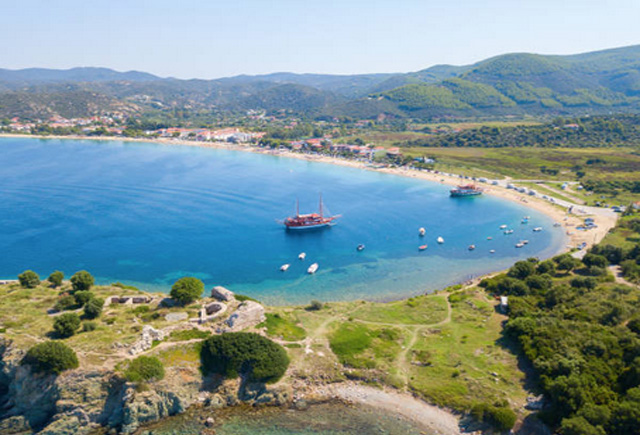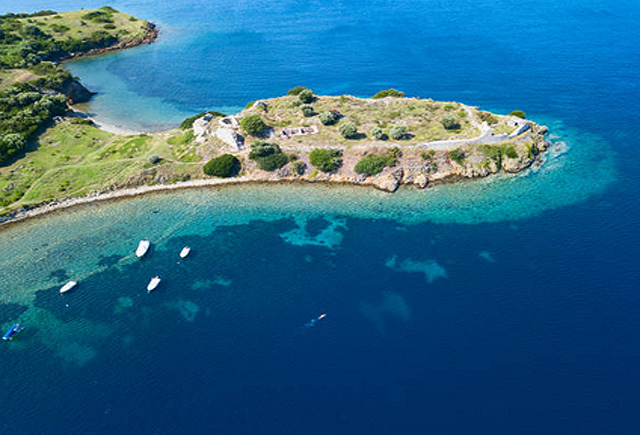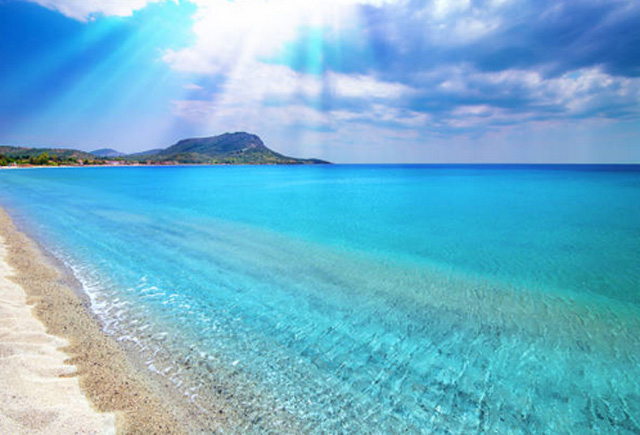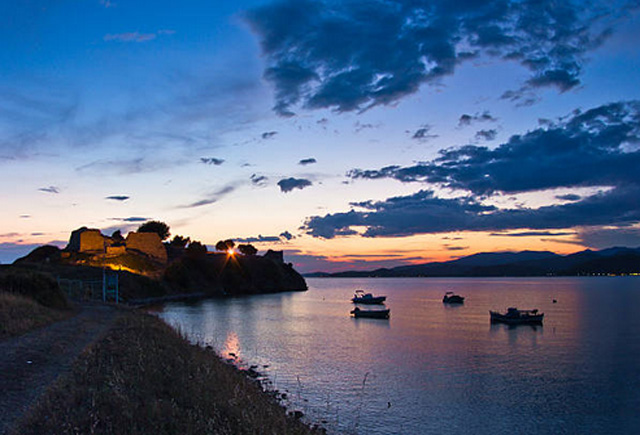Toroni is located in Halkidiki, in the peninsula of Sithonia and is situated a few kilometers after Neos Marmaras and before Porto Koufo. Nowadays, Toroni is a famous summer holiday destination with visitors from all over the world.
According to Greek Mythology, the area of Toroni took its name from the wife of Proteas, son of Poseidon. Traces of prehistoric settlements of the 3rd century BC and many other ancient remainders, ancient Christian and Byzantine temples, castles and others is evidence that the area is inhabited constantly from the Neolithic era.
Ancient Toroni was founded by Halkidian settlers of the 8th century BC. During the 5th century BC, Toroni was one of the most significant cities in Halkidiki, having its own currency and being part of the Athenian alliance. Thucydides mentions that in 423 BC it was taken over by Vrasidas from Sparta. In 348 BC the city was taken by Phillipos the 2nd. In 168 BC the Romans invaded and the city was decayed. In the Byzantine era the land belonged to Mount Athos monasteries. Its strong walls and other buildings were destroyed in the 19th century, when the Turks used the granite stones they were built of, to cover the central roads of Constantinople and Thessaloniki.
According to recent results from the excavations, it was verified that the area has always been inhabited from the end of the Neolithic era till the Turkish domination. Architectural remains have been found but they are only fragments, due to continual use of the land.
Special emphasis was given by the excavators to the cemetery during the inhabitance of the Iron era. Its duration is approximated to be from the end of the 2nd century till the middle of the 9th century. In this cemetery 134 tombs were discovered with 118 being cremated and 16 simple burials. There were 500 pots discovered which were used either as burials or as cremators for the dead.




